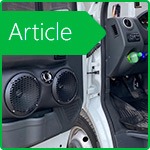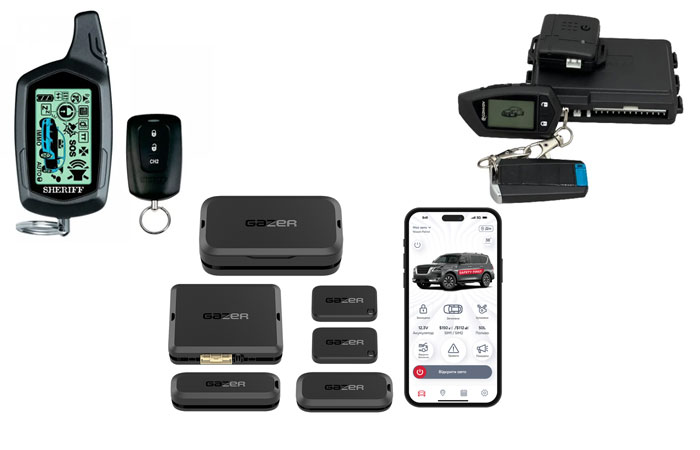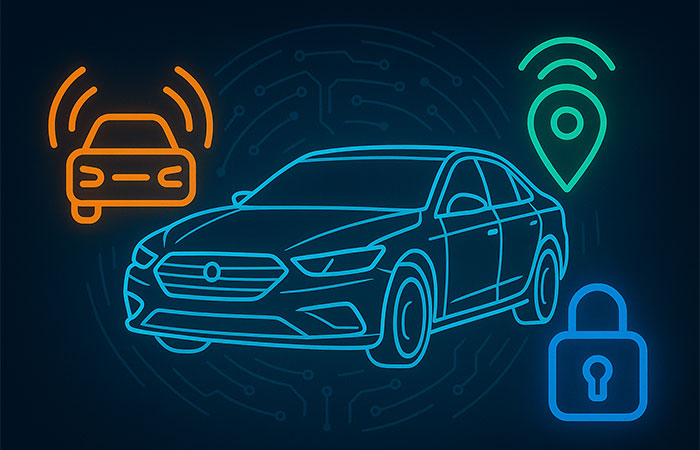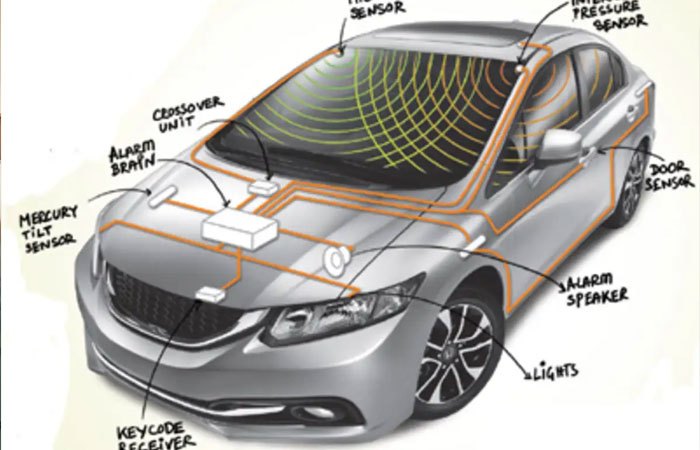How to Choose a Car Alarm System in 2025: Tips for Beginners and Experienced Drivers
A car is not just a means of transport — it's a valuable asset. With the increasing number of car thefts in Ukrainian cities, security has become a top priority. In 2025, the car alarm market offers dozens of models, and choosing a car alarm is not so simple. This guide will help understand the types of alarm systems and select the one that fits your vehicle and lifestyle best.

Why Is the Right Choice So Important?
A poorly chosen car alarm system can:
- fail to protect against modern theft methods (like signal relaying);
- interfere with your car's electronics;
- be under- or over-engineered for your car’s class.
That's why it's important to consider:
- vehicle type (budget, premium, commercial, etc.);
- technologies in the car (Start/Stop button, keyless entry, CAN bus);
- usage scenarios (city use, highway, long-term parking, family sharing).
Main Types of Car Alarm Systems in 2025
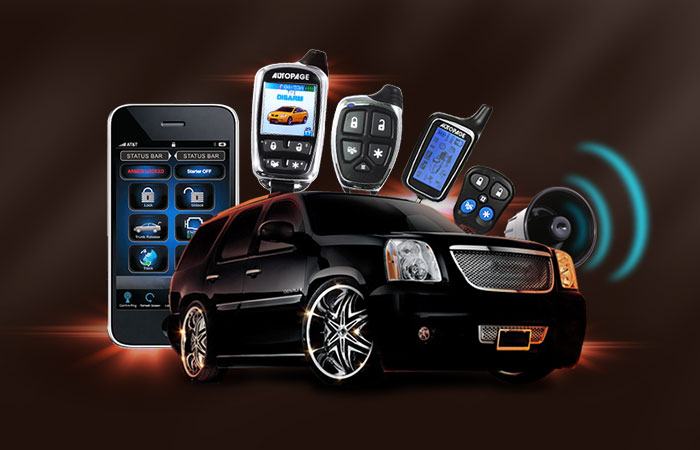
One-way alarm systems (basic)
Best for: older vehicles, cars without CAN-bus, budget cars
How it works: reacts to door opening or impacts, activates siren. Controlled via basic remote. No feedback.
Example: car is parked under your window and you only need a simple alert system.
Drawback: no smartphone alerts, easily bypassed.
Two-way alarms with key fob
Best for: city drivers who want feedback from their vehicle
How it works: the key fob receives alerts (impact, intrusion, etc.). Usually includes a display.
Example: car is parked in the yard or mall parking, owner wants to be notified of break-in attempts.
Drawback: limited range and vulnerable to signal jamming.
GSM/GPS alarm systems with mobile app
Best for: CAN-bus vehicles, modern car owners
How it works: managed via mobile app. Provides GPS tracking, notifications, remote engine start.
Example: car is left in a parking lot or at home while on vacation — status is visible via phone.
Advantages:
- instant push notifications;
- remote engine start;
- scenario automation (by temperature, schedule).
Digital alarms with authorization tags
Best for: vehicles with keyless entry, electric cars, mid-to-premium class vehicles
How it works: the car recognizes the owner's tag. Without it, the engine won’t start, even with a key.
Example: car with keyless access parked in an open yard.
Advantage: excellent protection against signal relay attacks.
Advanced Systems with Extra Modules
Best for: experienced drivers, premium vehicles, company fleets
Includes: GPS tracker, mechanical blockers, immobilizer relays, integration with climate control, turbo timer, and dash cams.
Pro: maximum protection. Con: high cost and complex installation.
Practical Tips When Choosing a Car Alarm
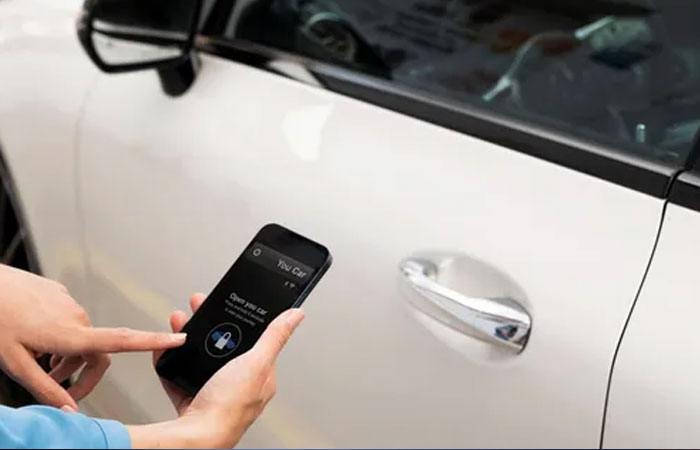
- Assess the threat level: do you need anti-theft or just intrusion alerts?
- Check compatibility: if you have a CAN bus — choose a system with CAN module; Start/Stop — you’ll need a tag.
- Go with trusted brands: Convoy, Sheriff, Gazer — reliable options with support in Ukraine.
- Match to usage: parking near malls? Two-way alarm. Leaving car for a week? Choose a GSM system.
Current Alarm System Requirements in 2025
- Signal relay protection (keyless entry defense);
- Control via smartphone app and automation scenarios;
- Integration with climate control, turbo timer, seat heating;
- Shared access for family members;
- GPS and geofencing — essential for business vehicles.
Conclusion
Choosing a car alarm system in 2025 is more than just picking whether it makes noise or not. It’s about a smart, flexible, and secure system that truly protects your vehicle. Don’t cut corners when it comes to safeguarding a car worth tens of thousands of dollars.
If you’re unsure which model suits your car — get in touch with us or use our car alarm matching tool on the website.
-
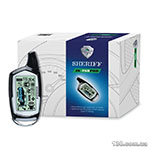 Car alarm Sheriff ZX-750PROBuy4427 ₴ 3504 ₴
Car alarm Sheriff ZX-750PROBuy4427 ₴ 3504 ₴ -
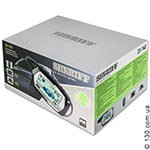 Car alarm Sheriff ZX-940 two wayBuy4225 ₴ 3717 ₴
Car alarm Sheriff ZX-940 two wayBuy4225 ₴ 3717 ₴ -
 Car alarm Sheriff ZX-1095PROBuy5075 ₴ 4023 ₴
Car alarm Sheriff ZX-1095PROBuy5075 ₴ 4023 ₴ -
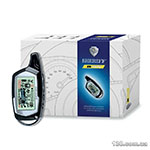 Car alarm Sheriff ZX-1075Buy4331 ₴ 3563 ₴
Car alarm Sheriff ZX-1075Buy4331 ₴ 3563 ₴













